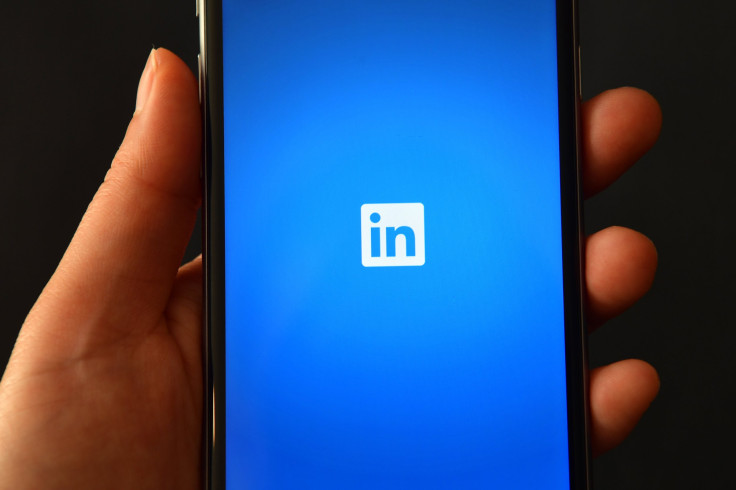Why LinkedIn Should Be The Top Social Media Platform For Influencers In 2018

If someone told me years ago that LinkedIn would become my primary social platform, I would have called them crazy. Like many others, I thought LinkedIn was just another job-seeking platform for industry professionals.
However, after Microsoft acquired LinkedIn in 2016 at a whopping $26.2 billion acquisition, the Linkedin landscape dramatically changed. It went from being a mere professional platform to a channel used by many businesses, marketers and entrepreneurs to build a strong foothold in the industry, and more importantly, establish a personal brand.
Prior to 2017, I primarily used Instagram and Facebook to build a social following. After hearing the LinkedIn buzz, I decided to test it out for myself. I wrote a post on LinkedIn sharing my journey of transitioning from a role as a financial analyst at Goldman Sachs to one running my own social media company. The post crossed 1 million views. My next post reached 3 million, and another post subsequently garnered 5.5 million views.
In less than a month, I went from 700 followers to more than 7,000 — with over 30 leads and 2,000 private messages. I was stunned by the reach LinkedIn had. So what changed, and how can it be leveraged?
Personalized Content Creation
The biggest change that LinkedIn saw was in terms of content creation, as LinkedIn was never considered a primary content publishing channel before. After the integration of Pulse — an online news aggregation feed within LinkedIn designed for members to share self-published content with their audience — many users took note of LinkedIn and started a wave of sharing insights, information and stories.
Innovative hashtags were created and used for storytelling and campaigns to encourage people to come forward and share their respective experiences. Suddenly, regular professionals were becoming real-life influencers.
Personal Brand Amplification
By introducing new features like native videos, LinkedIn opened up new opportunities for individuals to showcase their values, their products and their impact on audiences.
If there’s one major takeaway when it comes to LinkedIn, let it be this: Don’t be afraid to be vulnerable and share your learnings and growth. People want to know that you are successful, but they also want to know how you became successful and about the struggles along the way. Sharing your voice, your stories and experiences while engaging with people in a way that inspires others is the true power of LinkedIn today.
Lead Generation and Job Opportunities
Companies and entrepreneurs thrive to generate leads, opportunities and business through personal branding and thought leadership, which is the foundation of social selling. While LinkedIn has changed in many ways, it still serves its primary purpose of being a professional network.
You could safely expect that many people are researching your online profile before they meet you. The same goes for recruiters and hiring managers who often decide to move forward with a candidate’s application based on their LinkedIn profile. Being that it is one of the largest lead generation and job employment platforms, most if not all recruiters or potential prospects and clients will verify your experience on LinkedIn or use it to supplement resume information. It’s no longer simply an online profile, but your digital reputation.
As for generating business, a 2012 research by Hubspot found that LinkedIn referral traffic had the highest visitor-to-lead conversion rate among social networking sites — higher even than Facebook or Twitter. Even the 2015 Social Media Marketing Industry report stated that LinkedIn had surpassed Facebook as the No. 1 most important social platform for B2B marketers.
Even if you are not a content creator, LinkedIn has become a platform to consume real, raw and relatable content written by experts and professionals. With the increase in social engagement, it has created a self-fulfilling cycle of content creation and distribution within a network. Some may say LinkedIn has almost become like Facebook — but without the noise.
If you are someone who wants to increase their chances of being discovered, this is perhaps the best time to be on LinkedIn. Afterall, visibility creates opportunities.
Nupur Singh is a social media and growth strategist.
© Copyright IBTimes 2024. All rights reserved.











